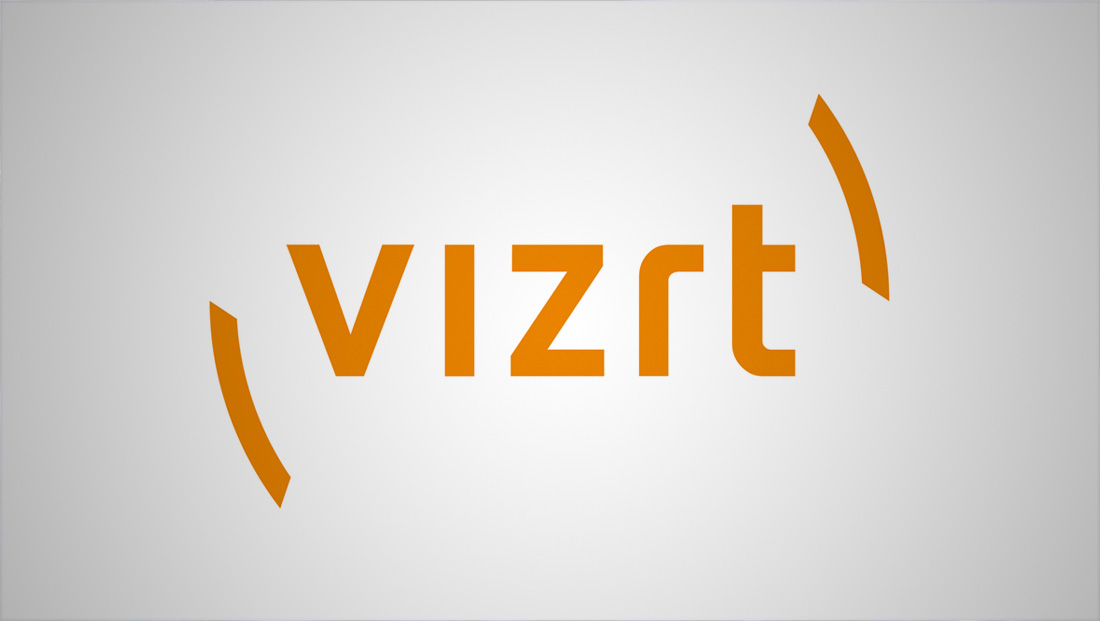Viz Engine 4.1 adds Unreal Engine, HDR keyer

Subscribe to NCS for the latest news, project case studies and product announcements in broadcast technology, creative design and engineering delivered to your inbox.
The latest update to Vizrt’s Viz Engine, version 4.1, brings multiple render blades including support for popular game engines.
“Perfecting real-time graphics is incredibly complicated whether working with augmented reality, virtual sets, or on-screen graphics,” says Gerhard Lang, Chief Technology Officer at Vizrt. “It comes down to employing rendering technology like a scalpel rather than a mallet. Using the right Viz Engine 4.1 render blade for any given task while mixing and matching graphical elements on their existing Vizrt platform allows our customers to achieve world-class results.”
Viz Engine 4.1 render blades
New in Viz Engine 4.1 is the gaming engine render blade with its first integration – Unreal Engine 4. This development supports multiple inputs, improves performance, and runs simultaneously with classic and Fusion render blades in Viz Engine to bring the latest gaming graphics technology seamlessly and quickly into functional broadcast workflows.
The Fusion render blade introduced in Viz Engine 4.0 runs in parallel with the classic Viz Engine render blade and supports ‘physically based rendering’ (PBR) plus a wide variety of photorealistic capabilities. This provides a further layer of engagement and realism, particularly to virtual sets and augmented reality graphic elements.
Updated Fusion keyer
The updated Fusion keyer in Viz Engine 4.1 now fully supports HDR. The advanced multi-matte Fusion keyer, upgraded with 16-bit color difference.
The updated Fusion keyer also offers enhanced de-noising and detail preservation, edge compensation, preservation of fine details including hair and transparent objects and full color adjustment using lift, gamma and gain.
I/O freedom
The new video I/O system in Viz Engine 4.1 delivers parallel processing of color conversion, de-interlacing, and chroma keying on input streams, giving render blades more time to compute advanced effects for improved performance. Dynamic channels functionality enables mixing of different inputs including ST 2110, NDI, and SDI in the same workflow.
Viz Artist 4.1
Viz Artist 4.1 puts even more photorealism into virtual sets and augmented reality scenes through the quick addition of post-processing effects. Furthermore, a shader development environment enables material and object shader creation along with adding post effects quickly to scenes.
Subscribe to NCS for the latest news, project case studies and product announcements in broadcast technology, creative design and engineering delivered to your inbox.




tags
Epic Games Unreal Engine, Gerhard Lang, Vizrt, Vizrt Viz Engine
categories
Augmented Reality, Virtual Production and Virtual Sets, Broadcast Design, Graphics, Graphics Systems